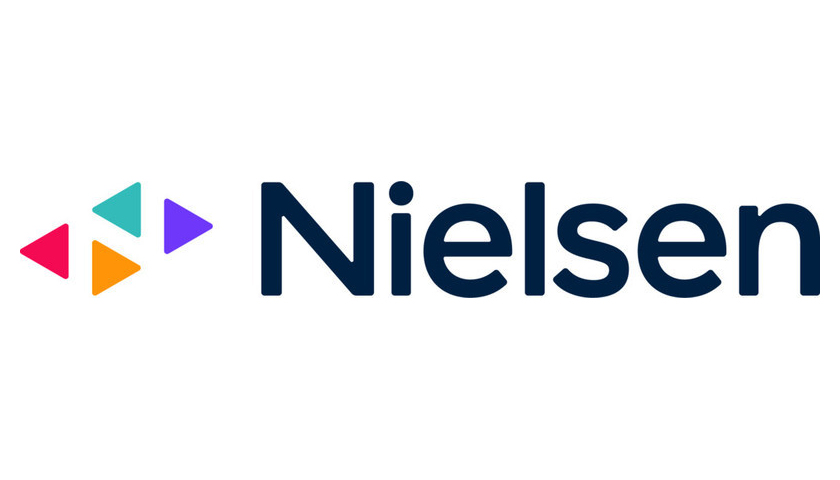Gracenote, the content solutions pillar of Nielsen, has expanded the scope of its Inclusion Analytics solution adding new disability representation data to the talent gender, race, ethnicity, and sexual orientation information currently tracked. By providing visibility into the presence of physical, intellectual, cognitive, mental, sensory, and other disabilities in people appearing in popular programming, Gracenote Inclusion Analytics paves the way for more equitable and accurate representation amongst the disability community and more informed decision-making around content investments. The disability nonprofit RespectAbility provided guidance in tracking this new data.
According to the Centers for Disease Control and Prevention, 26% of adults in the U.S. have a disability, either visible or non-apparent.1 In comparison, Share of Screen analysis from Gracenote Inclusion Analytics reveals just 8.8% of the top recurring cast members in popular broadcast, cable, and subscription video on demand (SVOD) programming represent the disability identity group.
It’s clear that audiences increasingly demand diversity, equity, and inclusion in the content they choose to engage with. Nielsen’s 2022 Attitudes on Representation on TV study found that 48% of viewers are more likely to watch content in which their identity group is represented, a 13% jump from the previous year. Furthermore, 34% of people with disabilities surveyed indicated they felt under-represented in media and 52% said they were inaccurately represented. The addition of disability data to Gracenote Inclusion Analytics empowers the entertainment industry to invest in balanced and authentic representation of the disability community in content.
“More than one in four adults in the U.S. today are living with a disability, yet actors without disabilities are still cast to portray them in TV shows and films,” said Halleh Kianfar, VP, Product at Gracenote. “This is one example pointing to the large opportunity to create and invest in more representative content. Initiating positive change starts with measuring the diversity of talent featured across a range of identity groups and intersectionalities, and we’re proud that Gracenote Inclusion Analytics serves this critical purpose.”
“We were honored to provide input to Nielsen’s Gracenote leading to new metrics indicating progress on representation of disabled talent on screen,” said Lauren Appelbaum, SVP of Communications and Entertainment & News Media at RespectAbility. “Being able to measure the gap in representation of disability is a powerful capability that equips the media industry to act and invest in representative content and disabled talent. We hope tracking representation will lead to an increase over time.”
The disability values now tracked in Gracenote Inclusion Analytics include a range of categories and individuals may be in more than one:
- Neurodivergence
- Intellectual/Developmental
- Visual
- Hearing
- Physical
- Mental Health
Data for Black, Indigenous and People of Color with disabilities is also available in Gracenote Inclusion Analytics with more parameters coming soon to provide more granular insights into intersectionality.
Gracenote Inclusion Analytics provides content creators, programmers, distributors, and advertisers new insights to illuminate how on-screen talent drives engagement, rationalize investment in diverse content, and inform inclusion strategies. The solution is available now covering broadcast, cable, and SVOD TV programming in the U.S. For more data and insights underscoring the importance of disability representation in content, visit https://www.nielsen.com/insights/2022/the-importance-of-disability-representation/.
Gracenote is the content solutions pillar of Nielsen providing entertainment metadata, content IDs and related offerings to the world’s leading creators, distributors and platforms. Gracenote technology enables advanced content navigation and discovery capabilities helping individuals to easily connect to the TV shows, movies, music and sports they love while delivering powerful content analytics making complex business decisions simpler.
1 Centers for Disease Control and Prevention, Disability and Health Data System (DHDS) August 27, 2018

